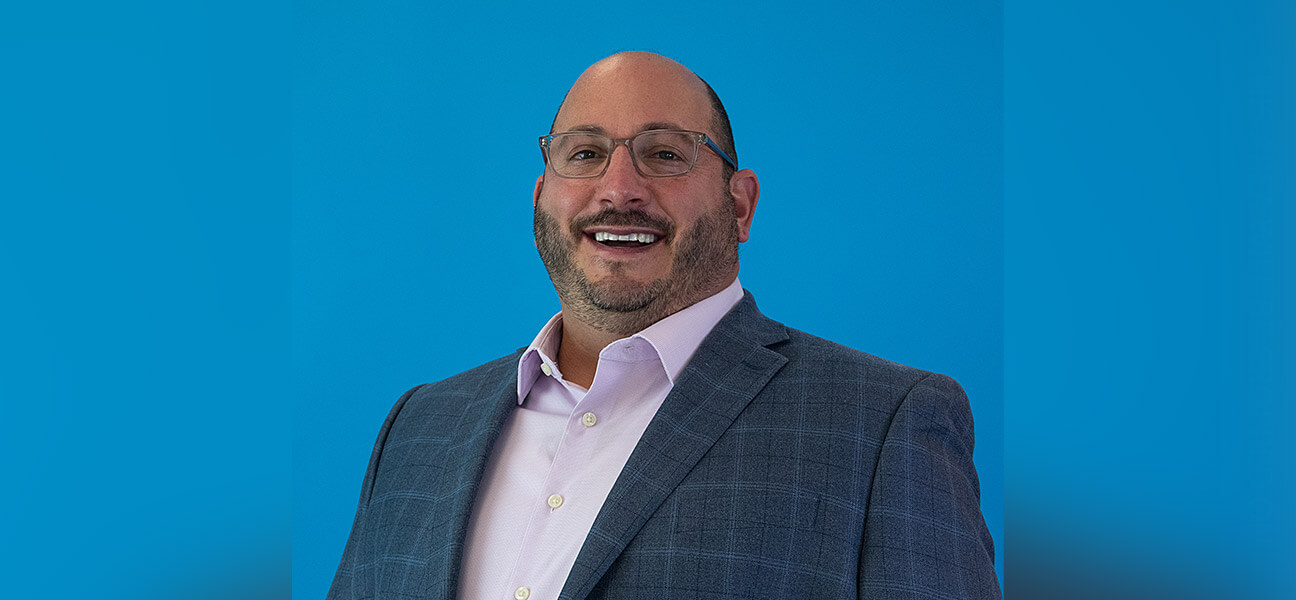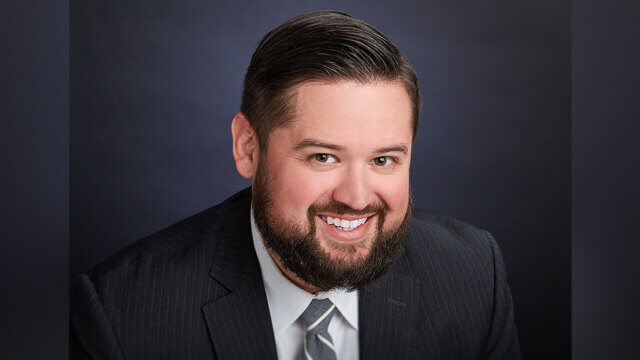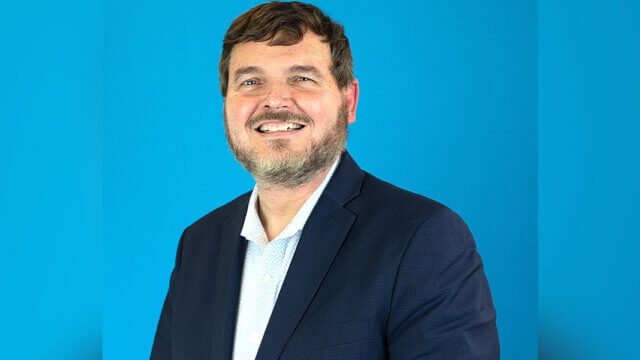By Steve Green
Can the industry aim higher when capturing revenue from individual travelers? To do so, revenue managers may need to get comfortable with a “revenue maximizer” mindset.
Revenue maximization requires a different approach to pricing than traditional strategies; revenue optimization requires hotels to make the most out of what is currently available to their business, while revenue maximization involves making the most out of what your hotel could access. Shifting to accommodate this mindset is the cornerstone of success in tomorrow’s revenue management landscape.
This is the future of revenue management, and it is being driven to the forefront of hotel strategy thanks to readily available technology. Modern tools have demystified the mechanisms and levers of revenue management, allowing roles outside of revenue scientists and data analysts to try their hand at improving revenue. Their unique perspectives have aligned with technology’s expanded capabilities and enhanced visualization to allow hotels to aim for higher revenue ceilings than ever before.
The best part is that hotels can simultaneously pursue revenue optimization and maximization with the right strategy and team in place.
Who are the maximizers?
Traditionally, effective revenue managers are experts at reacting to new trends within a moment’s notice, plucking key insights from real-time data and delivering their messages to hotel leaders in concise, actionable packages. These professionals are most interested in finding the intersection between guest demand and spending willingness. They effectively wait for the right moment to introduce the right deal to the right eyes. This is a tried-and-true, lower-risk approach to revenue management.
Maximizers, by comparison, don’t wait around. They are not your traditional revenue managers and have diverse hotel backgrounds across hospitality, from operations to sales. These are not reactive people. They are here to take action and adjust their strategies rather than wait to see how trends evolve. Achieving revenue maximization requires this tenacious mindset and long-term idealism to set future expectations.
If operators want to hit homeruns with revenue maximization practices, they must come prepared to do their share of swinging and missing. While this comes with significantly increased risk, the upside is worth it if hotels can ultimately learn more about travelers and their spending habits in the process. Hotels can use technology alongside revenue maximization practices to gain new insight into guest demand drivers and how to deliver the best rates to induce spending on property.
For example, hoteliers have been chasing the actual value of online travel agencies, the awareness they provide, and their impact on a hotel’s revenue footprint for years. The best, most direct way for host hotels to find out is to take their rooms off OTAs and see how their bookings fare along direct channels—a daring strategy that carries copious risks, but without doing so, hoteliers will be locked in an eternal debate as to the value of their room rates and what OTAs bring to the table. This is the sort of action maximizers take to ascertain the ceiling available to their profitability and how to predict and capitalize on future growth.
Maximizers know that having a fixed discount attached to a fixed price is sub-optimal because it fails to account for the natural price of a good or service. In hospitality, this issue often manifests in room revenue, but it also applies to amenities, experiences, and more, all of which can be flexibly priced but may have their maximized value limited by poorly implemented discount schemes. Maximizers tend not to get hung up on the rules or limitations around delivering value and experiences. Instead, these leaders are more likely to just start digging into what is stopping them and find their way to the desired results.
Some asset managers say to maximize average daily rates, they must avoid discounting rates too heavily. Asset managers tend to be very focused on trying to limit discounting, believing that success hinges solely on keeping rates at an ideal “goldilocks” level. Because of this, they’re often uneasy with deviating “too far” from their typical price, even if demand changes indicate it’s the right move. Maximizers understand that taking a step back and asking if guests will ever see or care about daily pricing fluctuations can help us get over those perceived limitations and unlock revenue growth.
Hospitality is moving away from fixed prices to a range of available prices based on guidance from revenue management technology. This strategy allows hotels to optimize rates for last-minute bookings while maximizing revenue for the business it is prepared for. Hoteliers have seized this opportunity to experiment, adjust, and learn what works in today’s evolving marketplace. Maximization is back on the table.
Steve Green has been at IDeaS for six years in a variety of roles, including product marketing, account management and his current role, solutions engineer. He has more than 25 years of hospitality experience in all sizes of operations, in both on-property and above-property roles—primarily in commercial functions.
This is a contributed piece to Hotel Business, authored by an industry professional. The thoughts expressed are the perspective of the bylined individual.


